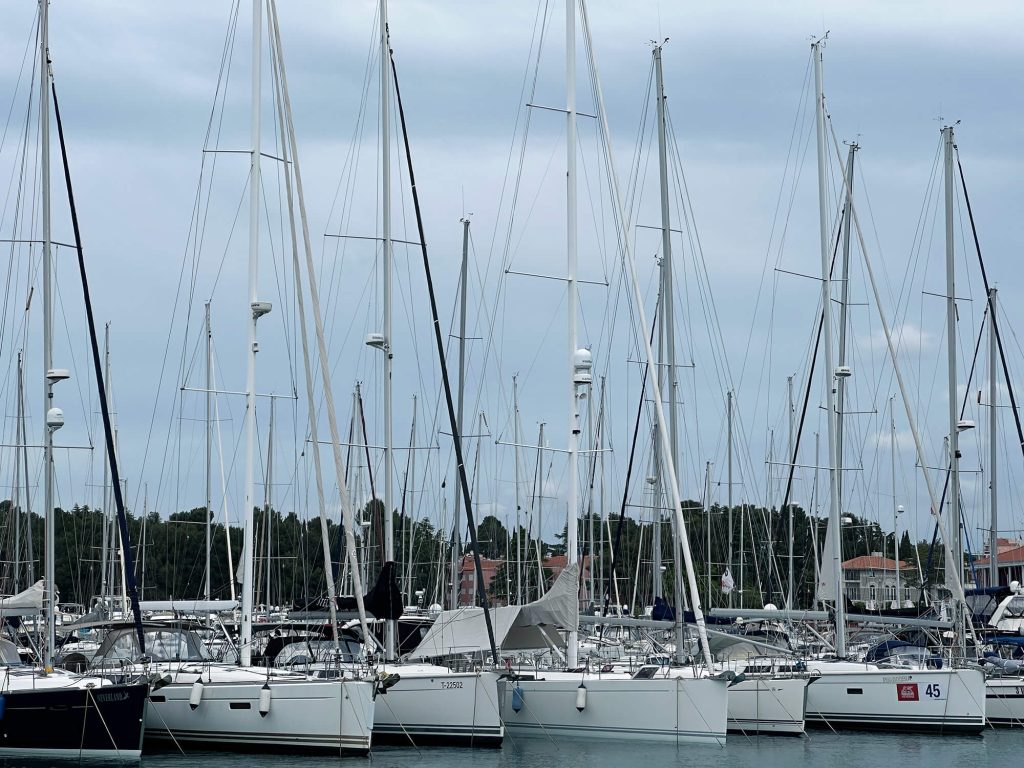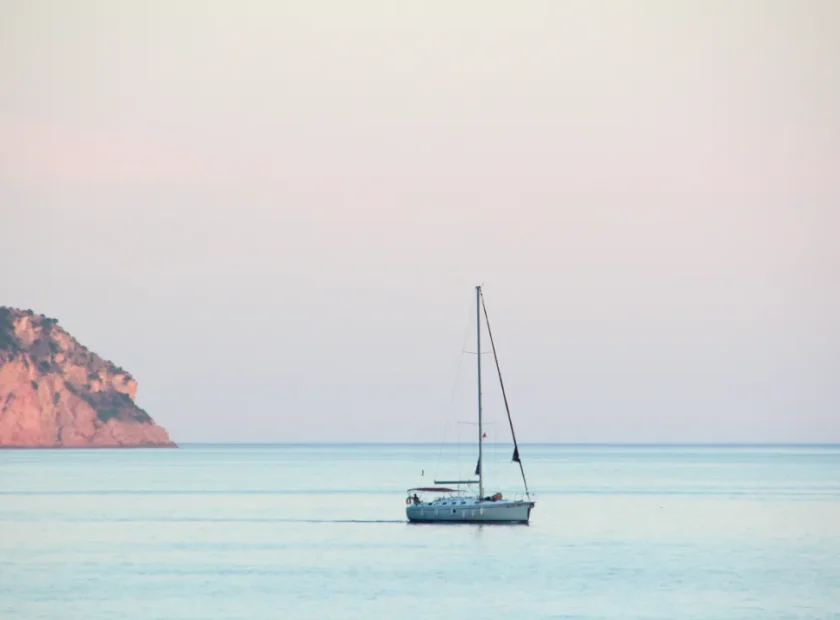Boating in Croatia 2025
Boating in Croatia 2025: Starting from April, Croatia will implement new maritime safety regulations. The official name of the legislation is the “Regulation on the Safety of Maritime Navigation in the Internal Waters and Territorial Sea of the Republic of Croatia.” LINK
This new framework introduces several changes that affect boaters, skippers, and water sports enthusiasts. It defines clear rules about distances from shore, anchoring and mooring, use of tenders, and limitations on personal watercraft.
If you’re planning to sail the Adriatic next season, here’s what you need to know to stay within the law.
Coastal Navigation: Distance Requirements Based on Boat Size
One of the strictest and most impactful elements of the new regulation is the mandatory distance from the coastline, vessels are now explicitly prohibited from approaching the shore closer than allowed by their size.
| Type of Vessel | Minimum Distance from Shore |
|---|---|
| Seaplanes and boats ≥ 30 m | 300 meters |
| Boats 15–30 meters | 150 meters |
| Boats under 15 meters | 50 meters |
These distances also apply to organized swimming zones, which remain strictly off-limits for any kind of vessel.
The goal is to improve swimmer safety, reduce environmental stress, and prevent collisions near busy coastlines.
Anchoring and Mooring – Updated Conditions
Anchoring and mooring along the coastline are now clearly defined:
Local harbor authorities (Kapetaneries) may impose time- or location-specific bans or limits.
Anchoring and mooring must be done in a way that does not pose a risk to people, property, the environment, or other vessels.
Anchor chains and mooring lines must be clearly marked and visible, and must not obstruct the navigation of other vessels.
Mooring is not allowed if the vessel and its anchoring system (including the anchor, chain, or line) extend more than 50 meters from the coastline.
Vessels are prohibited from mooring in a way that damages coastal vegetation.
This reflects a growing focus on sustainable boating practices and better management of crowded coastal areas.
Prohibited Anchoring Zones – Stay Informed
Anchoring is no longer allowed in several specific areas. According to the new regulation, it is prohibited:
-
Where charts indicate a no-anchoring zone
-
In areas restricted by harbor authorities
-
Near underwater cables, pipelines, or outfalls
-
Within 50 meters of swimming zone boundaries
-
Within 150 meters of natural beaches
-
In ways that endanger people, marine life, or other vessels
-
If the anchor chain or mooring line could obstruct navigation
Before anchoring, it’s wise to check your nautical charts and consult with local authorities where needed.

The use of tenders, often labeled “t/t Yachtname”, now has stricter operating limits:
They may only operate within 500 meters of the main vessel.
Exceptions exist for transfers to shore or nearby harbors.
Independently registered tenders can continue to operate within their licensed limits. This rule helps prevent overcrowding and misuse of small crafts in popular anchorages.
We’ve covered this topic in more detail in the following article:
Tender Croatia 2025: New Rules and Regulations
Personal Watercraft – Use and Limitations
Stand-up paddleboards, jetboards, and other personal watercraft (PWC) will have clear rules:
Allowed only between sunrise and sunset
Maximum distance of 300 meters from shore
Not permitted in swimming zones
Although registration is not required for these types of craft, operators must still follow all applicable rules.
What Counts as a Personal Watercraft?
The regulation includes a wide range of equipment under the term “personal watercraft,” regardless of propulsion:
Canoes and kayaks
Pedal boats
SUPs (Stand-up paddleboards)
Windsurf boards and kiteboards
Electric surfboards
Motorized inflatables (Electric inflatable water lounger/mattress)
Underwater scooters
Even if unregistered, the rules on zones, timing, and distance apply.
Diving Zones and Maritime Safety Structures
Special care is also required near dive sites and maritime safety markers:
Keep at least 50 meters away from any dive buoys, unless actively assisting a diver.
Mooring to navigational aids or safety structures (like buoys or lighthouses) is strictly prohibited.
These updates aim to improve diver safety and reduce accidents caused by unaware boaters.
Navigate Confidently in 2025
The 2025 boating regulation changes in Croatia introduce more precise rules to improve safety, environmental protection, and fair use of coastal zones.
Boaters who stay informed and plan ahead will benefit from:
Fewer misunderstandings with authorities
Safer cruising near busy beaches and anchorages
A more enjoyable and respectful experience on the Adriatic
If you’re sailing in Croatia in 2025, now is the time to review the new rules and adjust your routines.
FAQs
When do the new boating regulations take effect?
In March 2025, the new rules become official in all Croatian territorial waters.
Are there new anchoring restrictions near beaches?
Yes. You cannot anchor within 150 meters of natural beaches or 50 meters of swimming zones.
Do SUPs or Kayack need to be registered in Croatia?
No, but they are still subject to distance and time restrictions.
Can tenders roam freely under the new rules?
Only if independently registered. Otherwise, they're limited to 500 meters from their mothership.
What’s the rule on diving buoys?
Boats must stay at least 50 meters away from dive flags or markers.
Are jet skis allowed near the coast?
No, they must stay at least 300 meters from shore and are not allowed in swimming areas.


